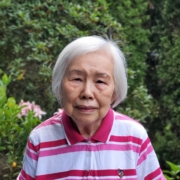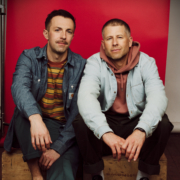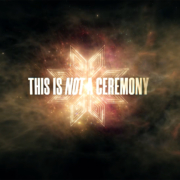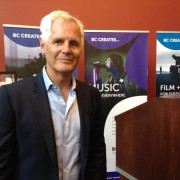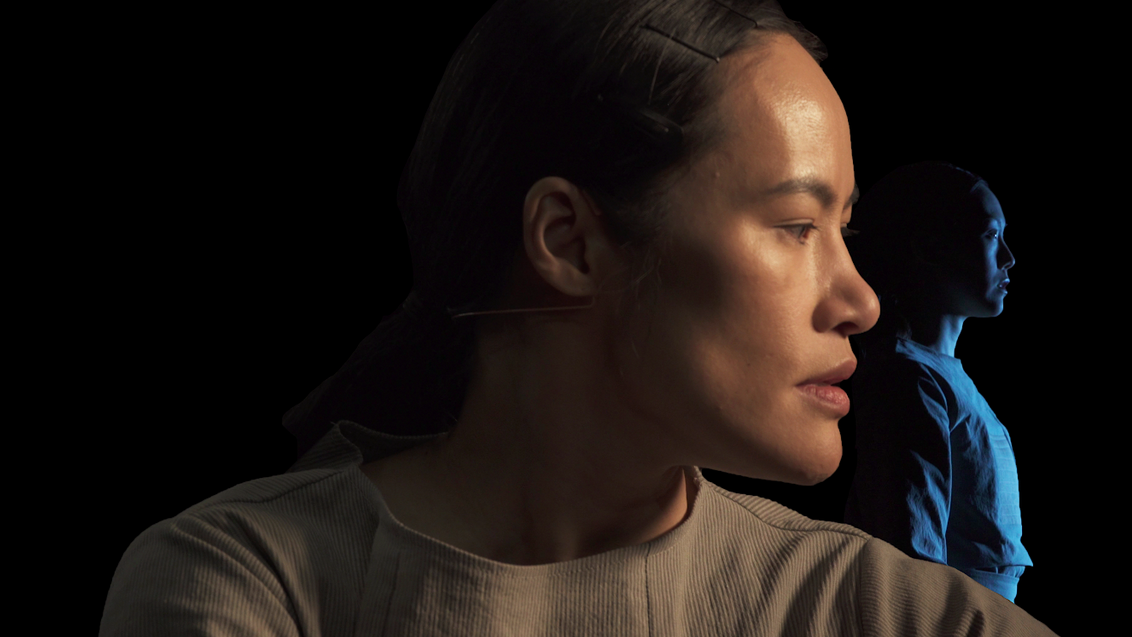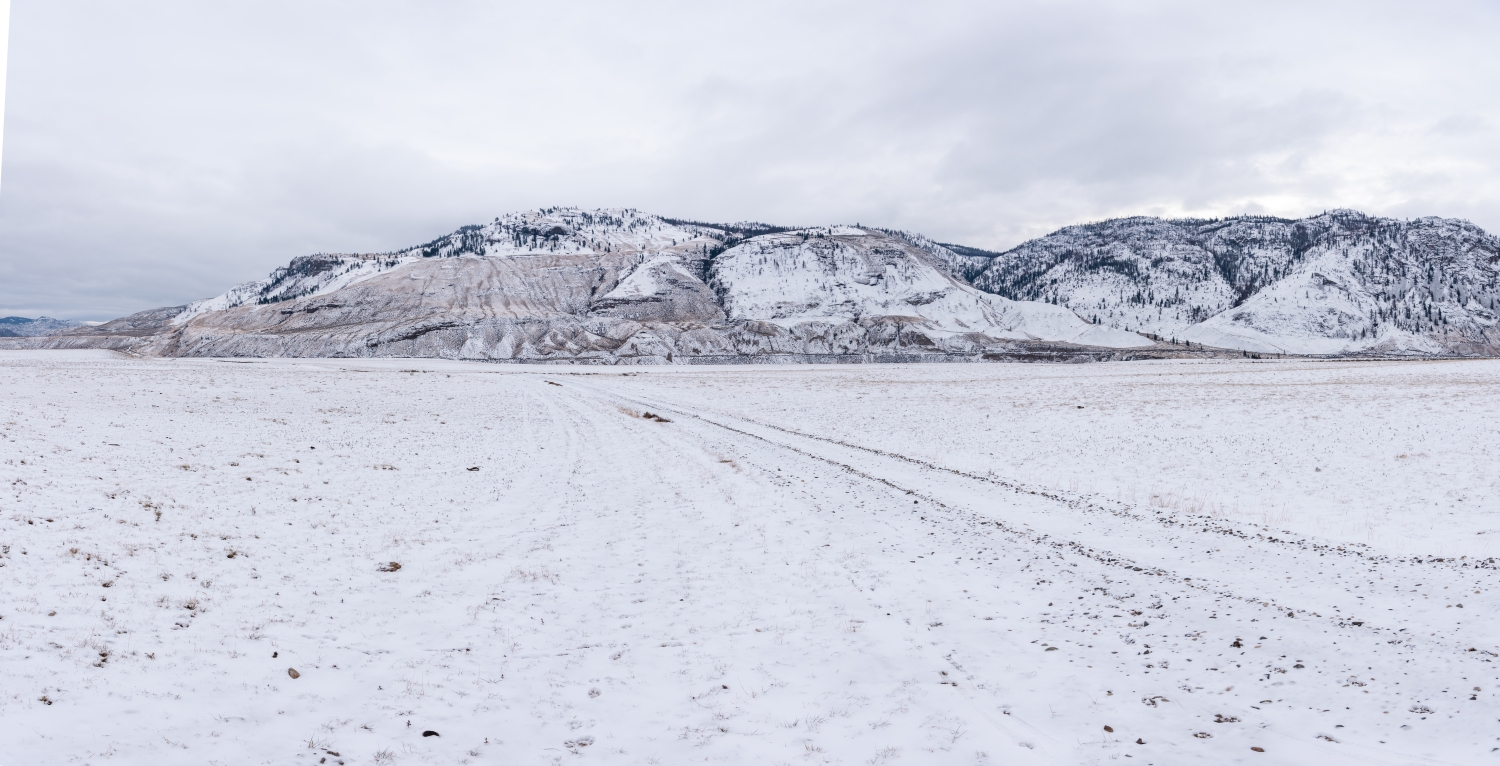
Photo by Mary Putnam
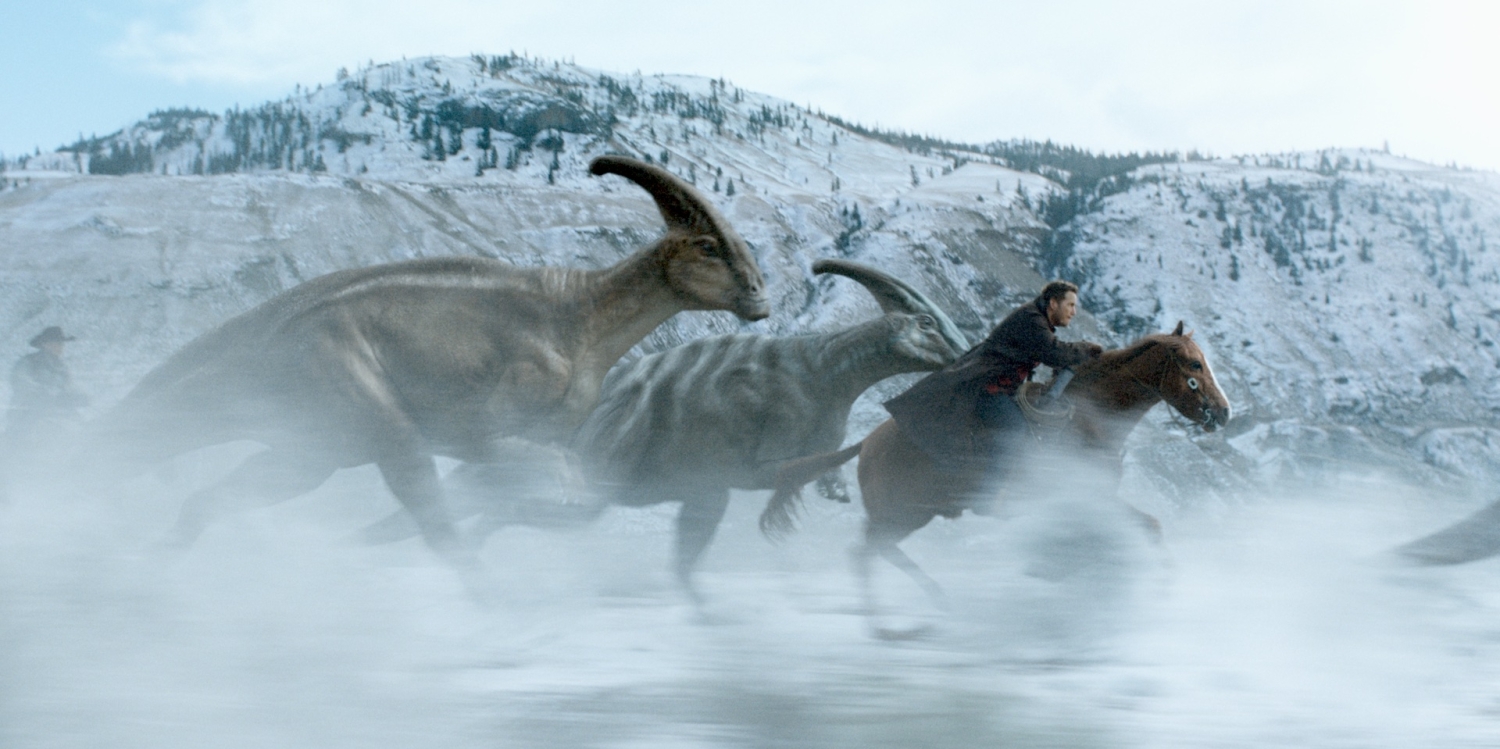
Jurassic World Dominion (2022)
Ever wonder how a script moves from ideas on paper to the final cut? The Thompson-Nicola Film Commission has put out a series of stills showing how the local environment can be transformed to meet the needs of a script. The Real to Reel series features films and tv shows filmed in Thompson-Nicola such as the pilot episode of Smallville (2001), Jurassic World (2022), and Lost in Space (2018-2021).
Terri Hadwin, Thompson-Nicola Film Commissioner, explains that “the campaign reaches both of our target audiences: locals and non-locals. Seeing a familiar place on screen instills a sense of pride and allows TNRD residents to feel connected to something ‘BIG.’ For location managers that follow our channels, it helps them to see our film-friendly locations and lets them know our potential. A field might look like any other field, but if you imagine Jennifer Lopez in the center of it, now you have a movie.”
According to Hadwin, the reason the campaign is receiving a lot of local attention is that “it’s interesting to see the similarities and differences between Real vs. Reel, especially if a good amount of time had passed between the production frame and a current photograph.”
Thompson-Nicola stretches 44,449 km², and features arid, semi-desert landscapes that in wintertime, are transformed by snowfall. Rolling hills, twirling rivers, and a variety of desert flora and fauna allow for a variety of different climates and stories to be depicted on screen.
The photos in the series are taken by local photographers and location scouts. This work often requires going above and beyond to ensure that a prospective location for filmmaking matches the logistical and aesthetic need for a given script, often anticipating the needs of directors and locations managers before film crews roll into town.
We spoke with Mary Putnam, photographer and locations scout featured in the Real to Reel series, and asked about her process:
What is it like to be a locations scout?
If you like photography, adventure and meeting new people, it’s the best job in the world. Curiosity is key as is an inquisitive nature that drives you to go the extra mile to see what’s over the next hill or around the next bend. For every day of scouting there is typically a full day of sorting through images and editing so it’s a nice combination of in-field and in-office work. Since January 2020, I’ve photographed more than 300 locations. Let’s just say you get to know a lot of neighbourhoods, backroads, ranches, resorts, businesses, and people in your region.
What do you look for in a place while taking photos?
Sometimes you are basing your scout on a scene, so you are looking for anything that fits the script. You are not just taking pretty pictures but imagining the scene in the context of the film and how the location will work both creatively and logistically. Other times you are updating your libraries with new photos or new locations in which case you capture everything you can: exteriors, interiors, and aerials.
The challenging part of scouting is approaching and presenting the location in an organized manner. The viewer should have a good sense of where they are on site. For example, which door in a room your photos are leading to and what the reverse of that looks like. The images have to meet industry standard protocol and the package needs to be complete with an address, GPS (when off-grid) and contact information, plus any special notes—re. time of year, access, availability, and locations information such as turnarounds and places to park circus.
Does it ever surprise you how the locations you’ve found for film productions are transformed?
Our deserts double well as another planet, like with Lost in Space, or an Egyptian tomb and archaeological dig site, like with Night at the Museum. It was pretty cool how Dangerous transformed the Quilchena Hotel in Merritt to an isolated mansion on a private island. In Jurassic World, a barren plateau became a forest with dinosaurs running through it: movie magic at its best.
What do you wish people knew about the process of taking a script and turning it into a fully fleshed out film, tv show or commercial?
I wish they knew how many people it takes to realize the director’s vision of the script; scouting is one piece of a big puzzle; it takes an army of creatives and a lot of logistics to produce a film. Film is a huge employer and economic driver; there is a big investment in the local community and people when the entertainment business comes to town.
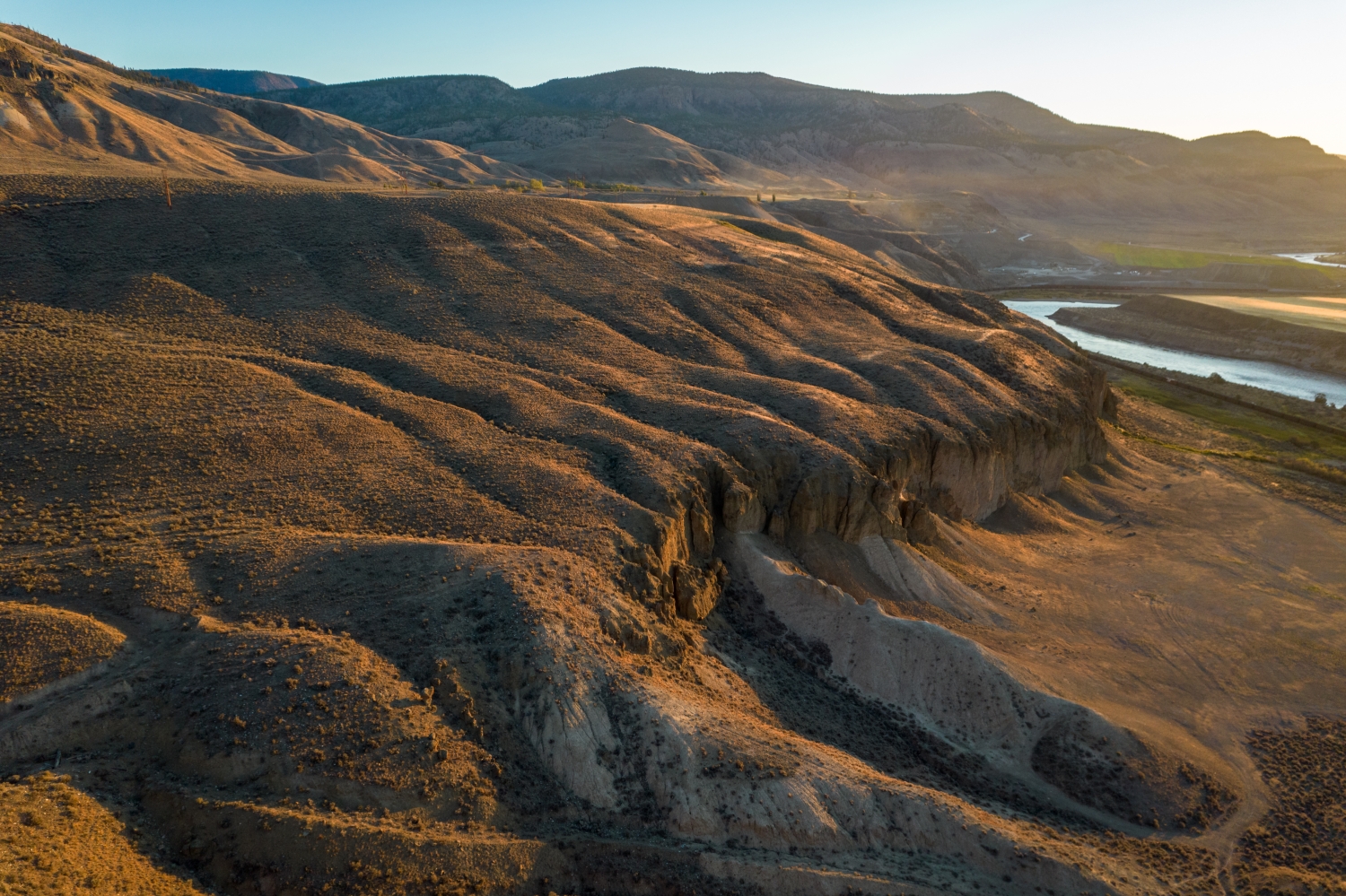
Photo by Mary Putnam

Still from Night at the Museum: Secret of the Tomb (2014)
Check out the rest of the Real to Reel series on Instagram @thompsonnicolafilmcommission. You can find more of Mary Putnam’s photography @mary.locations on Instagram or on her website.


